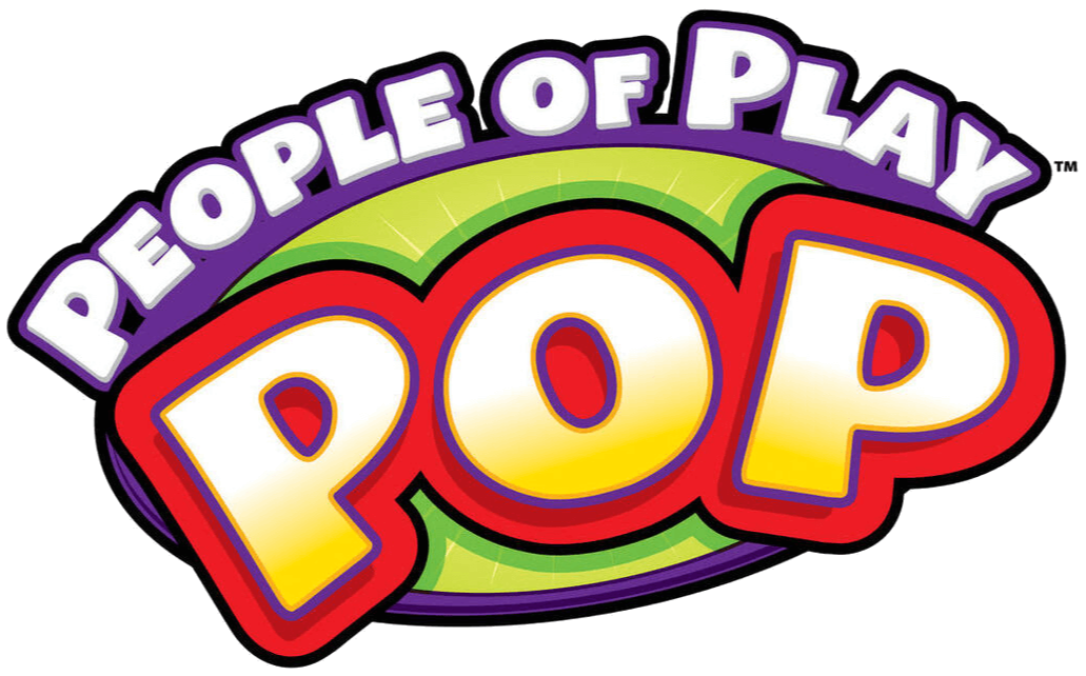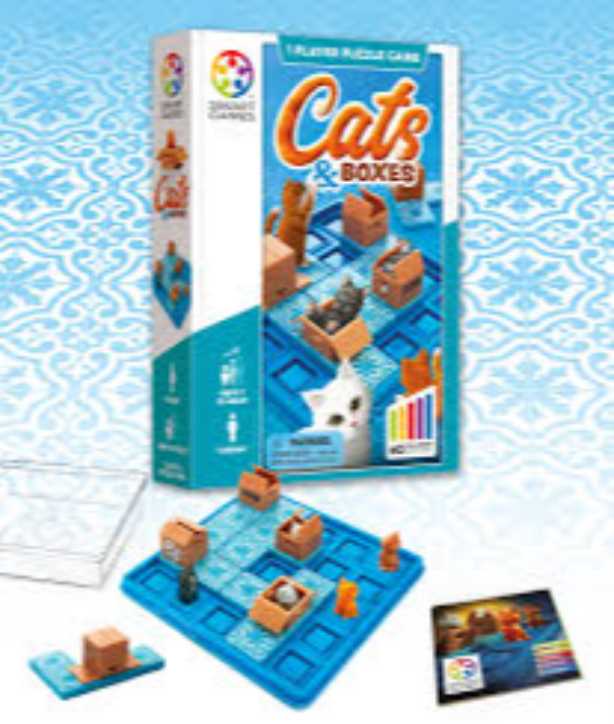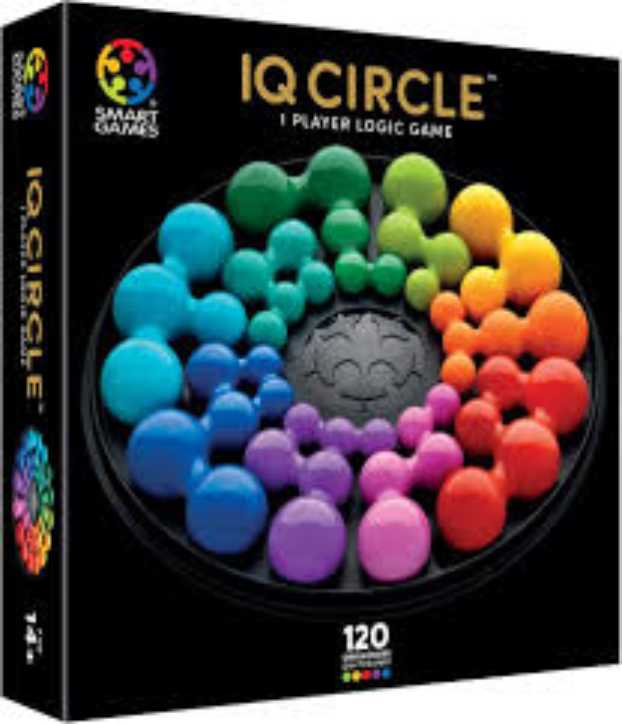Question: Which is more difficult—getting on a kid’s wish list or staying on it long enough to get purchased?
Answer: Ahh…the wish list conundrum. This is not an easy question to answer unless I respond “both.”
I don’t have the answer per se, but I do have perspective. Let’s start with some perspective on kids and their wish lists. Typically, kids aren’t constrained on their wish list size. So, let's assume a kid’s wish list surpasses her parents’ budget. Because parents are motivated to “delight” their kids, they are going to go as deep into the list as they can. Kids start developing their holiday wish list in earnest in early to mid-October…and yet parents make the bulk of holiday purchases in the 3-4 weeks leading up to Christmas. So, surviving on a wish list for 8-10 weeks is somewhat of a herculean task.
Beyond that inconvenient reality, I sympathize with marketers today given the imperative to support their fall launches in response to August “chase-cancel” retailer decisions. Clearly, retailers seek to push as much of the risk onto the manufacturers as possible. Maintaining retailer support to get re-orders after initial launch quantities forces marketers away from the proven axiom of “spend behind the business.” Relatively few toy sales occur in August, so in essence, we’re stuck “robbing Peter to pay Paul.” Every dollar we spend in August is a dollar we can’t spend to drive demand when most consumer purchase decisions are made.
Some thoughts about how to navigate this challenging path to victory:
- First, seek to make a limited geography a proving ground for the trade, without trying to prove success nationally. Do a media test in late summer and consider spending at least +50% versus typical levels to ensure the test is readable over minimal time span. These limited positive results can demonstrate that you have what it takes to win in peak season.
- If you are lucky enough to have a big winner in your portfolio—a product that has the ability to excite Sales, retailers, promotional partners, and consumers (in research or in market via early velocities), ensure that winning product is on the wish list early. Often these can be big ticket items. It appears that the #1 item on a kid’s wish list is relatively stable, even as other products jockey for position on the list throughout the holiday season. Conversely, if you are a smaller purchase option, and not clearly ahead of the pack…wait until you get closer to peak shopping period in December to invest.
- Move marketing dollars closer to point-of-purchase in the final four weeks of shopping. Parents are not immune to impulse buying and capturing their attention when they are ready to plunk down their money can give a good return on investment. This holds true in both brick & mortar and ecommerce. Of note, parents often observe what their kids gravitate to in aisle, so retail presence can support demand creation and shopper conversion. Finally, consider a key axiom of resource allocation: when marketing resources are scarce, deploy them at point of purchase as much as possible. I would argue the reality of scarce resources is true of most toys. BTW, low-price, small-size impulse stocking stuffers benefit hugely from high visibility at retail.
- In closing, the two weeks after Christmas, when media rates are low, can be a boon to late advertisers as kids swarm the toy department with their gift cards in their hot little hands. Prioritize this if you have a continuing brand that needs empty shelves for new items.
Recent Blogs
Recent Blogs

Industry Commentary, Op-Ed
The Top 25 POP Profiles of 2025

Biographies and Interviews
Ben Krenz Talks Moose Games, The Rise of Kidults, and More!

The Bloom Report
The Bloom Report Issue Archive

Play Through History
The Lives They Lived: Rest in Play Edition 2025

The Bloom Report
Toy and Game People Obituaries - RIP - Rest in Play
See more
Recent Wiki

BOOK REVIEWS
Game Review: Cats & Boxes

PEOPLE
Ana Maria, Founder of The Magical Underland Inc., Rings in the Holidays with a new kind of Christmas Tree

BOOK REVIEWS
Game Review: IQ Circle

PEOPLE
Catching up with Eric Olsen, The Inventor of Flip 7 and Co-Creator of Messy Table Games

BOOK REVIEWS
Book Review: Happytecture by Anna Devís & Daniel Rueda
See more
POP's Got Talent

POP Entertainment
Randy Klimpert Shares his Ukulele Collection

POP Entertainment
Steve Casino Peanut Art

POP Entertainment
Everyone's Talking about POP!

POP Entertainment
Princess Etch - a Multi-Talented Etch A Sketch Artist

POP Entertainment
Joseph Herscher of Joseph' s Machines.
See more
Recent POPcast

Hidden Role: The Brains Behind your Favorite Games
Connie Vogelmann designed Apiary & Wyrmspan!

Hidden Role: The Brains Behind your Favorite Games
Bob Fuhrer... Is THE Crocodile Dentist!

Hidden Role: The Brains Behind your Favorite Games
Tom Dusenberry... Bought Atari, Wizards of the Coast, and Avalon Hill!

Hidden Role: The Brains Behind your Favorite Games
Matt Leacock created Pandemic... the game!

Hidden Role: The Brains Behind your Favorite Games
Scott Brown and Tim Swindle... are Launching a New Sport!
See more
POPDuos

POPDuos: Interviews with Legends and Leaders
POPDuo: Richard Dickson, Mattel’s President & COO, and Kedar Narayan, Young Inventor Challenge AMB

POPDuos: Interviews with Legends and Leaders
POPDuo: Will Shortz and Josh Wardle

POPDuos: Legends and Leaders Explore Creativity
POP Duo: Elan Lee, Co-Founder, Exploding Kittens.and Jeff Probst, Host and Exec Producer, Survivor

POPDuos: Legends and Leaders Explore Creativity
POP Duo: David Fuhrer, MNG Director, Blue Sq Innovations & Shawn Green, past Dodgers & Mets MLB Star

POPDuos: Legends and Leaders Explore Creativity
POP Duo: Bob Fuhrer, Founder, Nextoy and Tom Fazio, Golf Course Designer
See more
















